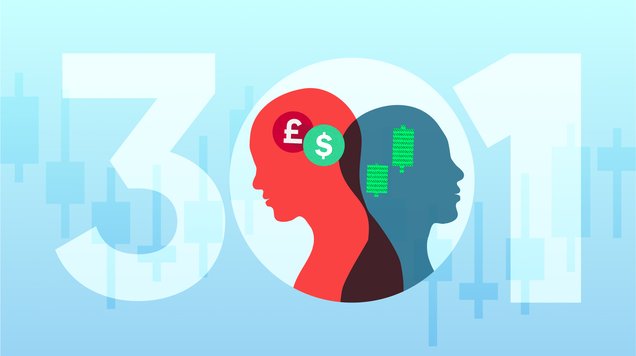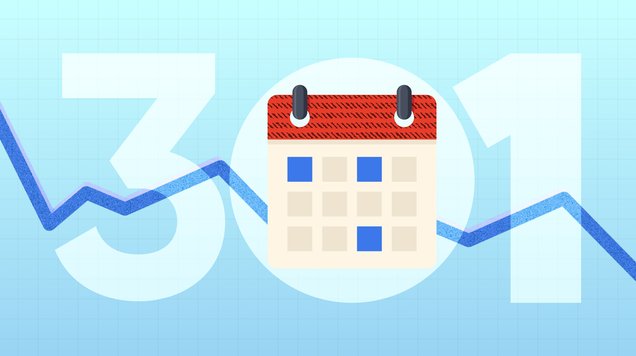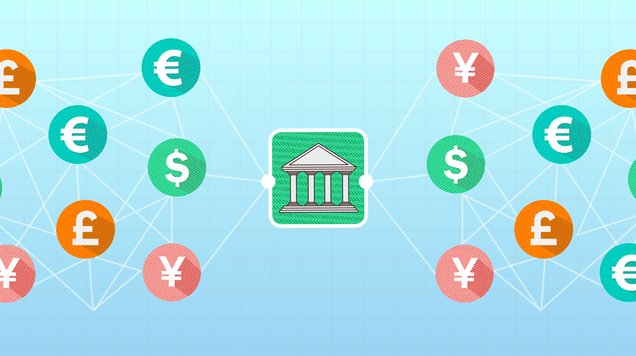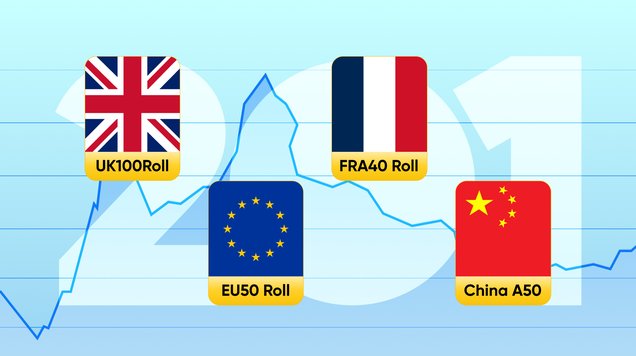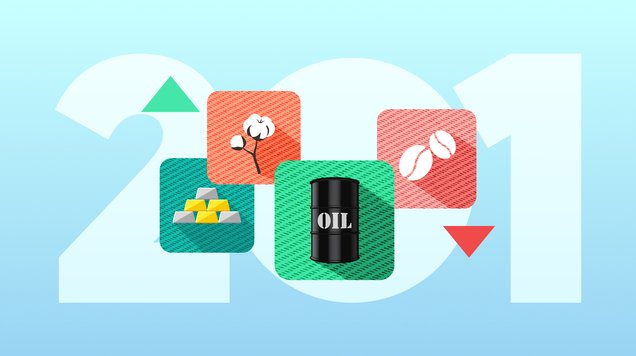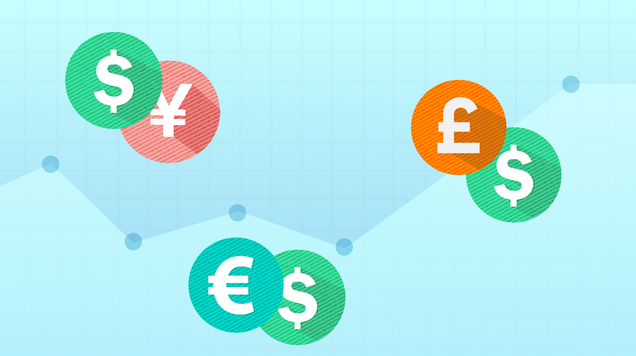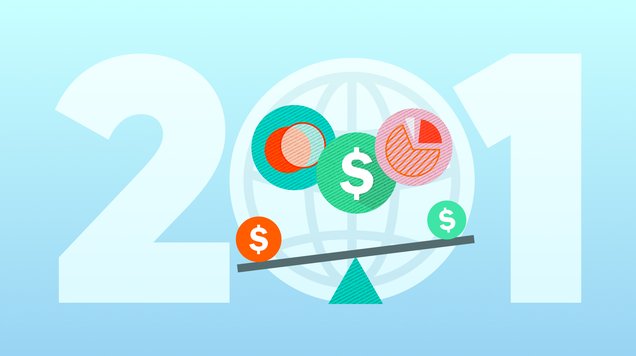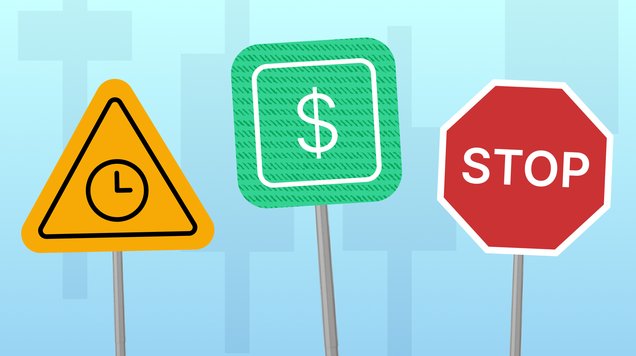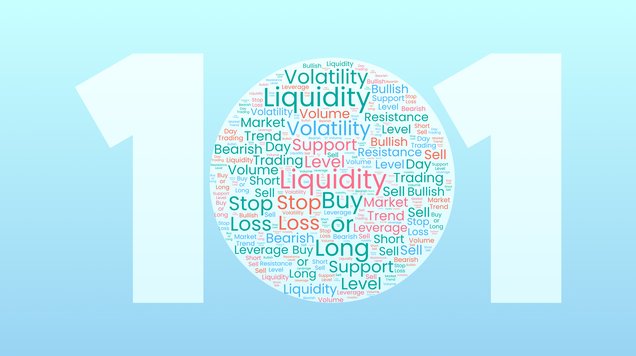Online Trading 101
Read our beginners’ guide to online trading and learn new ways to capture opportunities on global financial markets
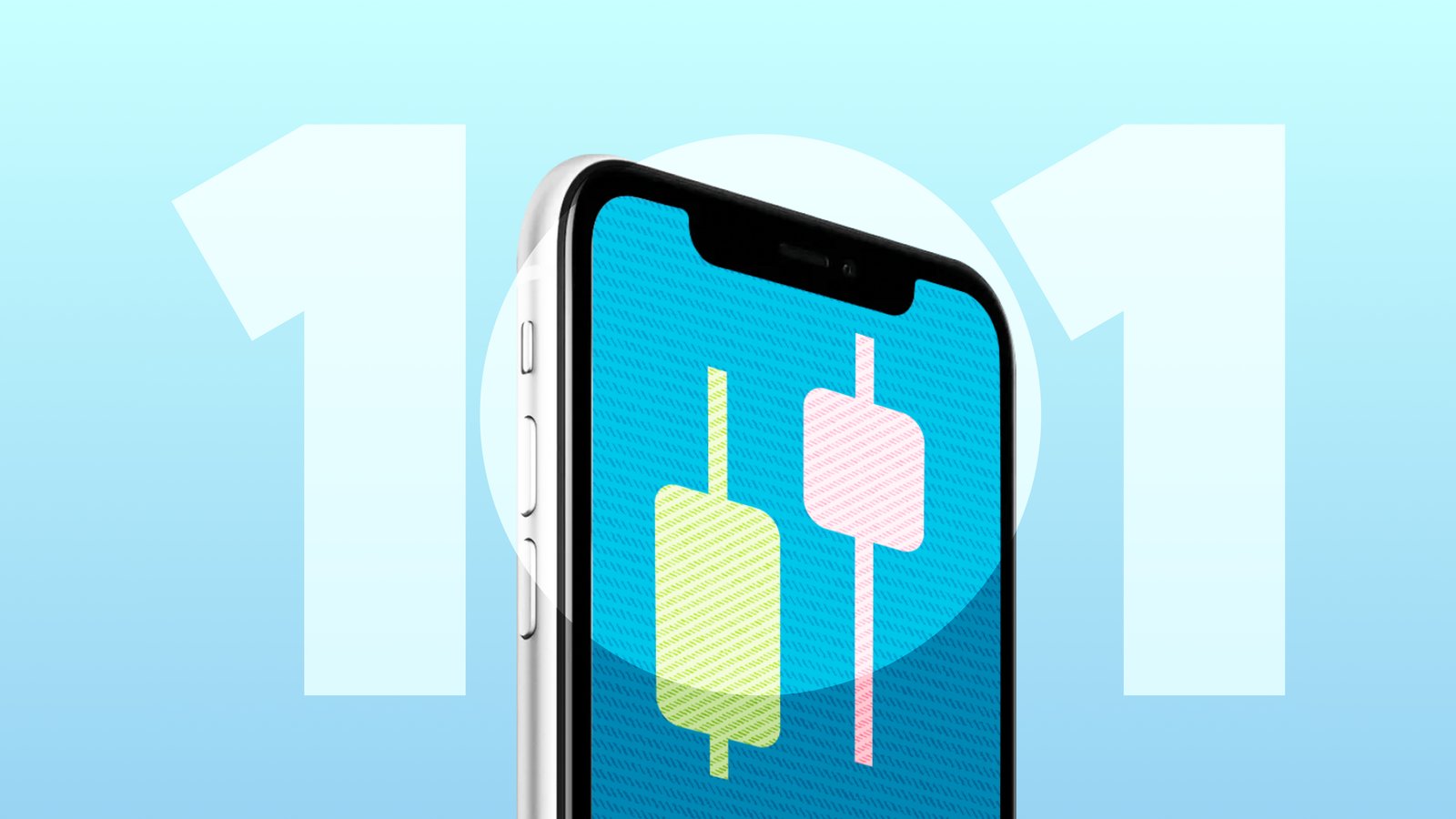
Online trading is a way to generate wealth by buying and selling assets on financial markets
A variety of financial products including company shares, currency pairs and commodities like oil can be traded in global markets
CFDs are a derivative product used to trade on the price change of an underlying asset instead of owning it directly
Leverage lets you control bigger trades with smaller deposits, and can allow traders to capture profits faster
Anyone can start trading online by creating an account with a broker and practicing with a demo account
What is online trading?
Online trading refers to buying and selling products on digital financial marketplaces with the aim of capturing profits.
Trades are made through a brokerage's internet-based trading platform which means anyone can have access to global markets. Traders can use their computer, tablet or smartphone to place orders and manage their portfolios from anywhere in the world.
Traders can capture profits by speculating on the movements of prices rather than buying and owning the underlying asset. For example, if you invest in gold directly, you’ll physically own gold and have it stored; but if you trade on gold against the USD (XAU/USD), you’ll be speculating on whether its price will become stronger or weaker than the US dollar.
This is typically referred to as trading on a secondary market, where investors can resell products to other investors if they think they can take advantage of unexpected changes in price.
Market prices are influenced by supply and demand that can be impacted due to several factors. If supply increases prices can drop, and if demand increases prices will rise. These changes in asset value are called ‘volatility’ and is what allows traders to capture profits.
Trading vs. Investing
Both trading and investing focus on buying and selling financial products and building wealth. However, there are a couple of significant differences.
Instead of owning financial assets directly and selling them for profit, profit in trading is made by predicting the price movements of the asset. This is done through financial contracts or CFDs (Contract For Difference). A CFD is a derivative product which allows traders to sell the agreed price of a product between investors, without needing to own or hold the underlying asset.
Unlike traditional investing, traders can also use CFDs to make profit if the price of an asset declines in value. If you think a product is likely to increase in value, you’ll buy or ‘go long’ in the hope that you can sell it for more later. Reversely, you can sell or ‘go short’ if you think the price will likely fall. If your prediction on the price change is correct, you’ll earn profit.
Investing and buying assets directly can require a large initial capital to start. However, trading with CFDs is accessible with less funds as you can enter a position by investing only a part of the total price of the asset.
The terms leverage and margin are at the core of CFD trading. Leverage means you can deposit a fraction of the trade size you would like to control by using funds provided by your broker or liquidity provider. For example, if the leverage is 1:20 it means by investing $100 dollars you can place trades with $2,000. This amplifies how much profit or loss your trade can produce. Margin refers to the fraction of the price that you need to invest to open a position.
What products can you trade?
Trading products, also called securities or instruments, are broadly categorised into sectors like forex, indices, stocks, ETFs, cryptocurrencies or commodities like gold and oil.
Whether you are interested in more stable financial products or ready to take a bit more risk for higher potential gains, trading presents countless opportunities for a diversified portfolio.
The product offering depends on the broker you choose so you want to make sure they offer the products you are interested in to trade. Most of the brokers offer a variety of trading products from global markets to access with just one trading account.
Always choose the instruments that align with your investment goals and risk tolerance, and if you’re not sure - it helps to check with a professional for advice.
How to start online trading
To start capturing profits on financial markets, first you'll need to open an account with an online broker to get access to trading products and platform. The best trading platforms offer a large variety of market sectors and include advanced analytical tools to help you identify market trends easier.
Follow these steps to get started:
Do research
Always conduct research about the markets and the instruments you are interested in trading before you make a new trade. This includes understanding the risks involved, as well as learning about trading strategies and techniques.
Develop a trading plan
Create a detailed trading plan that outlines your goals, risk management and entry/exit strategies. Finding the right trading strategy usually requires testing and tweaking, and traders must constantly evolve their strategies.
Choose a broker
A broker acts as an intermediary between you and the financial market. Choose a broker that is regulated and offers a trading platform that suits your needs. You also want to consider their product offering, pricing and customer service when before making any decisions.
Open a trading account
You cannot place trades on global markets without opening a trading account with an online broker. Regulated brokers will require verified personal and financial information to protect their client portfolios and ensure a fair and secure trading environment for all.
Practice trading skills with a demo account
If you’ve never traded before, it’s best to practice trading strategies on a demo account as this allows you to learn about the markets before you invest any real money.
With a risk-free demo account, you can easily practice online trading and develop your skills and strategies. A trading demo gives you virtual funds to test out real trading platforms, tools and products, which lets you test trading strategies and get a feel for how quickly prices move on new asset types before you place any money on the market. However, it is important to note that trades made on demo accounts cannot be transferred to real profits. You will need to fund a live trading account and open a new position to capture returns, and there’s no guarantee that a market will repeat past behaviour exactly.
When you feel confident with your strategy and want to start trading with real funds, switching to a live trading account is straightforward. All you need to do is select an online broker, create an account, make your first deposit and you’ll be ready to make your first move on online trading platforms.
